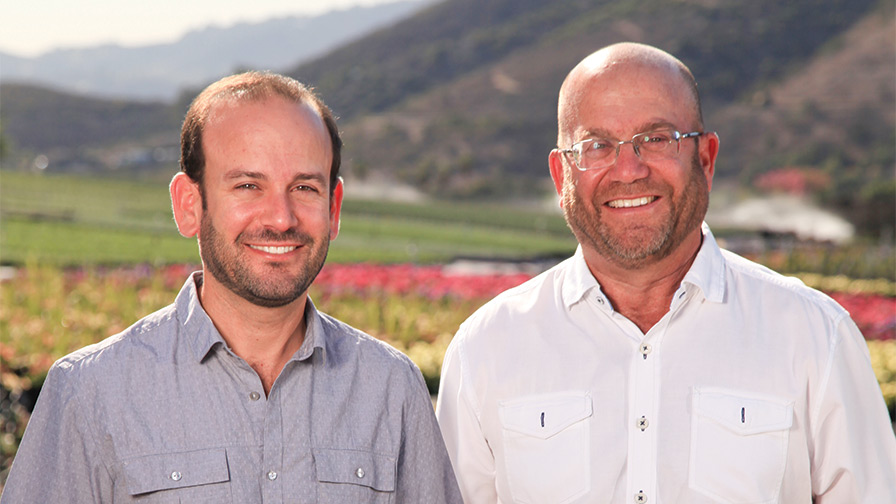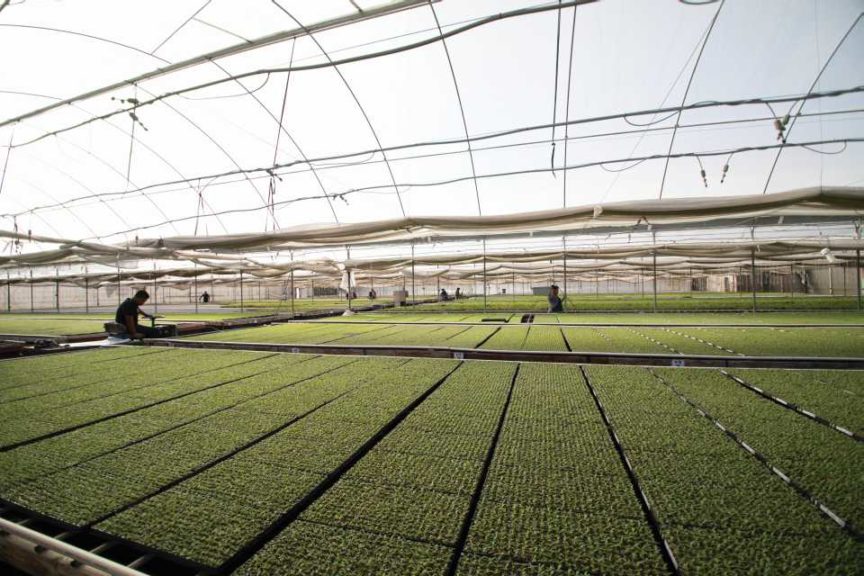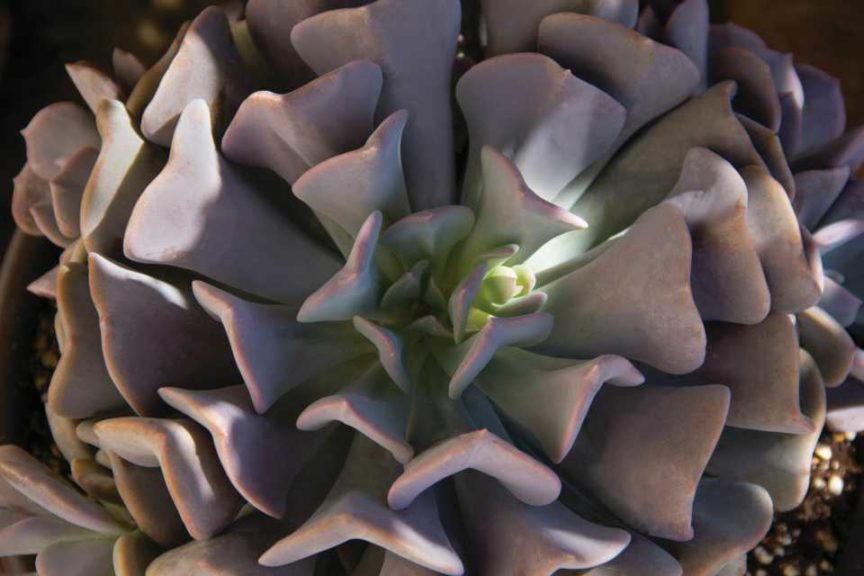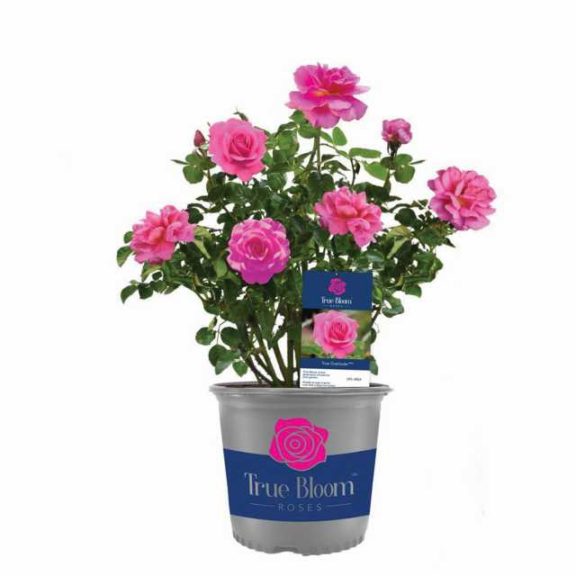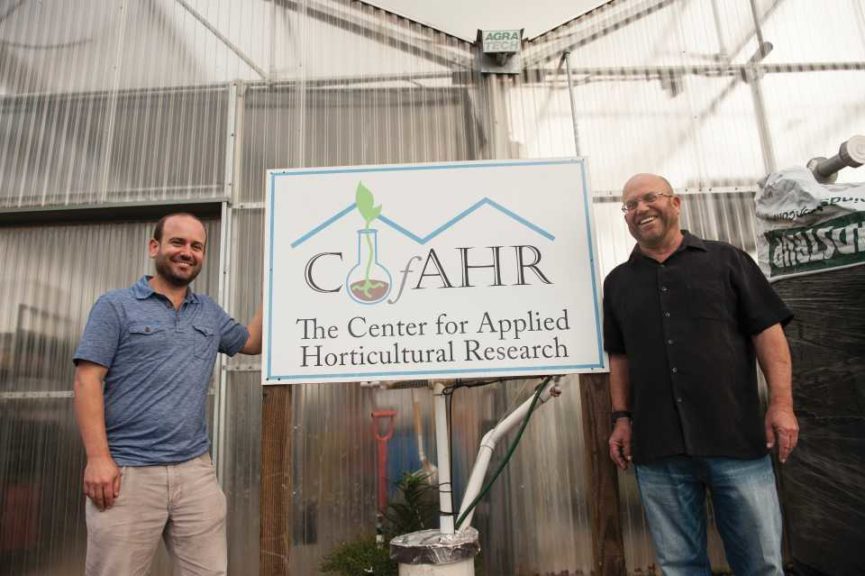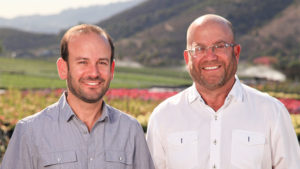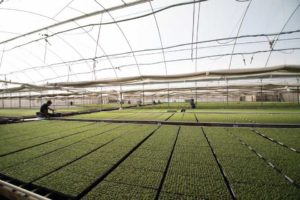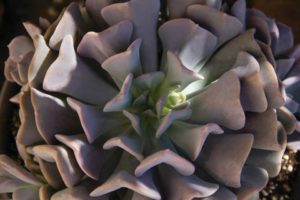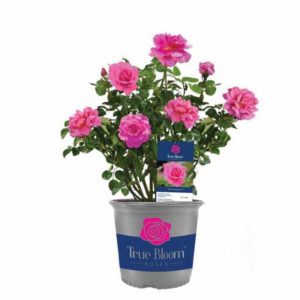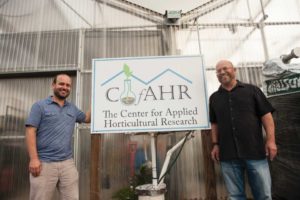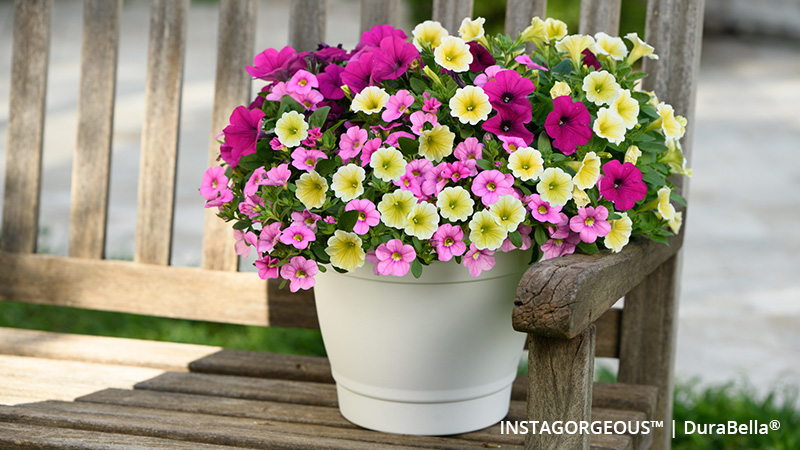Altman Plants/Color Spot Nurseries: Consolidation At The Top
Altman Plants, based in Vista, CA, is 10 weeks into integrating the recently acquired Color Spot Nurseries assets into its operation after acquiring them near the end of December 2018. It’s an undertaking of massive proportions as the two companies, ranked No. 1 and No. 2 on Greenhouse Grower’s list of Top 100 Growers in 2018, work to become one company under the Altman Plants name. What happens when the big get bigger? The way this merger is coming together proves that the big get better, but the real test begins as the newly united companies head into the busy spring season.
“We’ve shared with the team the key goals for the company,” says Co-President Ken Altman. “We want to produce high-quality plants and satisfy our customers. And we want the two companies to feel like one team with an interest in helping one another. Decisions are measured against those goals. To this point, it seems like the team is on the same page. Now it is about executing this spring. There is a lot to do in a very short time.”
New Locations Bring Advantages
Altman Plants gained 11 million square feet of environmentally controlled space and 1,500 acres of outdoor space, spread across Color Spot Nurseries’ facilities in Fallbrook, Salinas, and Lodi, CA, and in Troup and San Antonio, TX, plus three locations in Waco, Walnut Springs, and Fort Davis, TX, that were closed and will remain closed for now. The increased production capacity leaves the company in a good spot to supply the ornamental bedding plants, container perennials, woody ornamentals, potted foliage, and succulents it produces for its customers.
“The facilities are well-positioned geographically,” says Co-President Matt Altman. “We are well located to serve the Southern part of the country, and we have the capacity to do so. When needed, we can share plants between sites to be sure that all customers’ needs
are satisfied.”
Altman Plants has two major business units in addition to the Altman Plants organization. One is Plug Connection (No. 63 on the 2019 Top 100 Grower list), which is a young plant company that serves both Altman Plants and other growers. Plug Connection grows plugs, roots liners, and grafted vegetables. They also grow tissue culture plants. The operation just opened a new tissue culture facility with a modern 10,000 square foot lab. The lab is used primarily to do rapid build-up and production of new plants bred by Altman. With the purchase of Color Spot, 20 acres of young plant greenhouses in Lodi are being added to Plug Connection.
The other unit will be known as Lone Star Growers and will focus on production of woody ornamentals and flowering tropicals from its San Antonio, TX, location. There will be little separation between Lone Star Growers and Altman Plants, with a lot of sharing between merchandising and transportation activities. Lone Star has a history of high-quality plant production, and Ken says Altman Plants intends to invest appropriately to earn that reputation going forward.
The first decision made by the company relating to the integration was regarding which computer operating system to use. Management made a decision to stick with the Altman system and cutover from the Color Spot SAP software system. California facilities are successfully converted and Texas facilities will be tackled in June.
Working Together Opens the Way for a Successful Transition
Marriage is hard enough for two people. Marrying two large companies with distinct management styles, different operating systems, and hundreds of staff members would seem like a recipe for a disaster in comparison. But like all strong marriages, unity has been key to the two companies becoming one.
“We’ve placed a strong focus on being one company with the development plan,” Matt says. “The staff on both sides have been receptive and embraced the change, which allows us all to move forward together.”
The management team also played a key role in smoothing the transition. With the acquisition of Color Spot Nurseries, Altman Plants gained around 1,600 employees, and five facilities, creating what would seem a logistics and human resources nightmare.
“We felt confident taking this project on because we have a strong management team,” Ken says. “The team is engaged and collaborative. They’re very capable of making things happen to get the job done.”
Extra hands also means extra minds, which Altman Plants has applied to problem solving, innovation, and process improvement during the integration. The management team has held on-site meetings with growers to look at growing operations to determine what best practices they are using that could be leveraged across the entire company. This has kept the staff engaged and led to some processes implemented for the future. Ken says having new people with a fresh set of eyes analyzing processes, sharing ideas, and brainstorming to solve problems and improve efficiencies is a big advantage.
Matt echoes that sentiment, adding another benefit of a larger staff.
“There will always be challenges such as environmental regulations and labor availability,” he says. “When presented with those challenges, we now have more people to bring to bear on finding solutions. We get further along faster.”
Investment Drives Innovation
Opinions vary in the floriculture industry about whether consolidation on the grower side and the breeder side is healthy for the industry. The Altmans point out that company acquisitions can be beneficial for the industry when done right, saying they keep people employed and allow for best practices to be put to use across a larger enterprise.
“It’s true we have gained more resources to use to help our customers,” Ken says. “But we recognize that there is a place in the market for all sizes of growers. The growers in this industry are friendly. We share information with each other and wish each other well.”
Larger companies also make substantial investments in new and developing automation equipment and other technologies that keep the industry sustainable by supporting other companies, Matt adds. The resulting innovations benefit other growers who want to adopt new technology.
For example, Altman Plants is currently helping a company develop and trial an autonomous vehicle that it will eventually use in its greenhouses. The vehicle is basically a cart that can find its way from the greenhouse to a loading dock and back on its own. This type of technology saves growers time and labor during the shipping season.
“Family-run companies are investing back into their businesses, and everyone benefits from those dollars coming into the industry,” Ken says.
Strong Research Focus Benefits All Growers
Altman Plants’ strong commitment to research and education is one way it shows leadership and gives back to the industry. In 2008, Ken and his wife Deena Altman founded the Center for Applied Horticultural Research, a nonprofit organization that addresses, through research, the practical issues the nursery and floriculture industry face on a regular basis. At the time, Ken felt there was no shortage of issues that needed solving, but the funds to find solutions were limited. He and Deena decided to do something about it. The center supports industry researchers and opens its doors for all types of growers to participate.
Altman Plants also invests heavily in research and development through its multiple breeding programs. A current introduction is True Bloom roses, a new line of disease-resistant garden roses with a shrub-type habit and hybrid-tea-like blooms. The development of these roses has been a lifetime work for the breeder. Altman Plants will roll this program out soon to its customers on a limited run, with more production in 2020 to supply other growers. Ken says the company is also working on a compact hibiscus and has more breeding projects in the works for the future.
“The rose breeding project has been a large-scale investment for us,” Ken says. “We can invest in these types of projects and continue to invest in things for the long run because of our larger scale and volume. It is a big endeavor and a benefit for the industry and our customers.”
Matt recently spent time in Washington, DC, at the Society of American Florists’ Congressional Action Days, lobbying with other members for the support of the Floriculture and Nursery Research Initiative and the continuation of the USDA Floriculture Crop Survey. He says it was important to fight for maintenance of the initiative because floriculture crops represent 15% of the crops in the country, yet the industry gets less than 1% of the research dollars.
“Our industry is easily forgotten by our legislators, and these initiatives provide visibility and important research dollars to university programs,” Matt says. “However, ultimately it falls on growers to invest in the industry to keep it going strong.”





